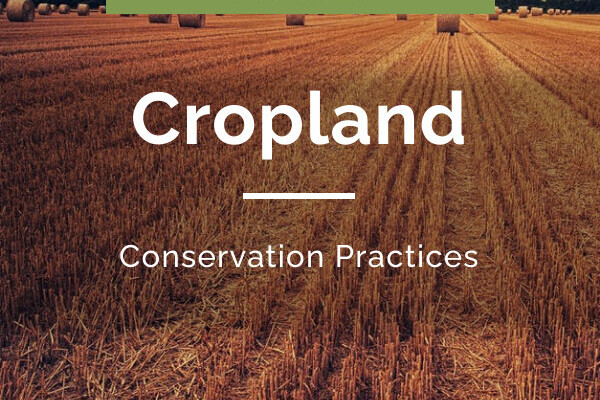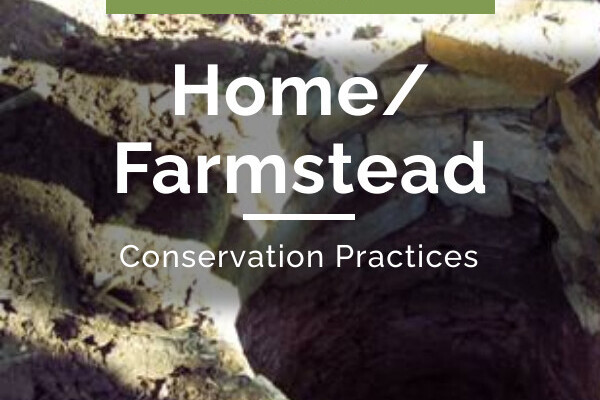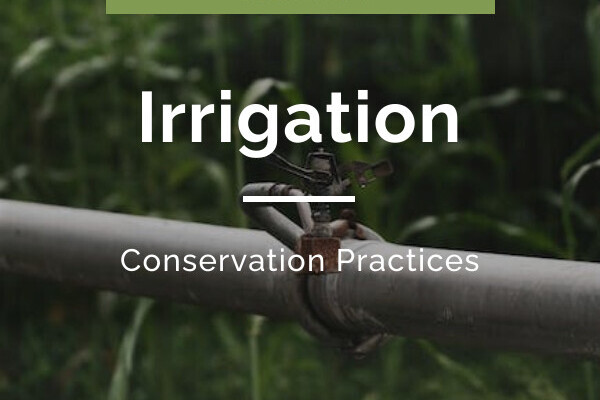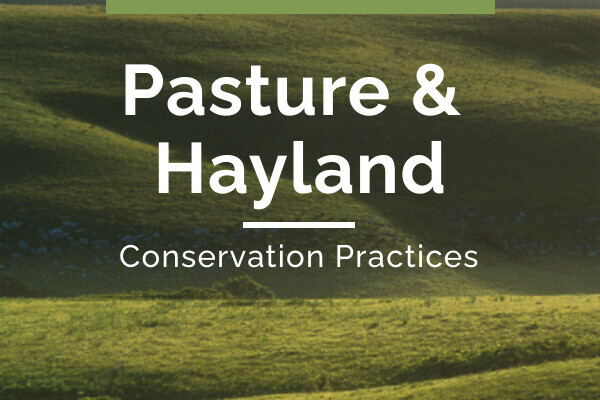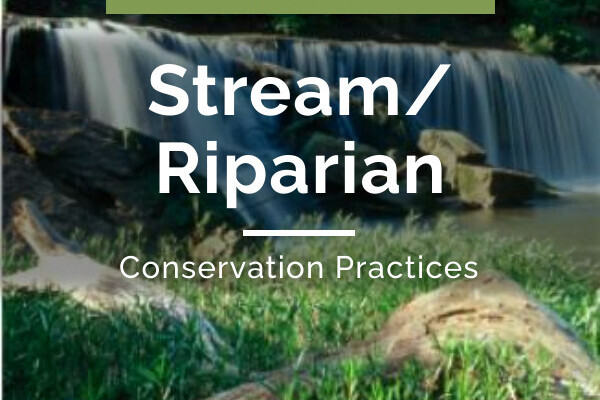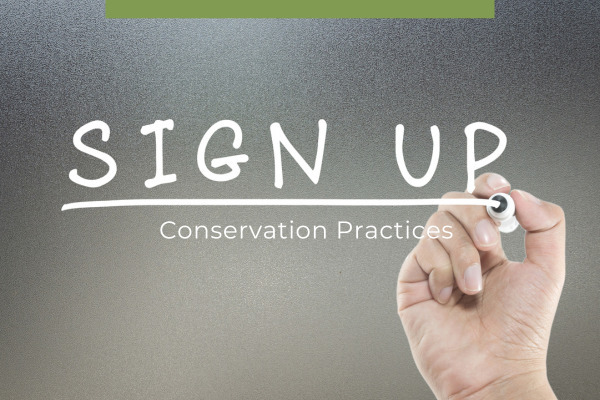State Cost-Share Program
The Kansas Department of Agriculture, Division of Conservation (DOC) works to protect and enhance Kansas’ natural resources through the development of programs designed to assist local conservation district boards and individuals in conserving the state’s renewable resources. DOC partners with conservation districts who are the exclusive, local entity, tasked with implementation of cost-share programs within their county. DOC recently completed an update to the Water Resources Cost-Share Program and the Non-Point Source (NPS) Pollution Control Program to reflect recent fluctuations in inflation and contractor availability as well as changes in agricultural practices.
* Definition of Non-Point Source from the EPA
Conservation Practices
Water Quality and Water Conservation Funding Prioritized Locally
The goal of cost-share administration is the effective and efficient expenditure of speciality funds to improve and protect Kansas’ water resources. As administrator of state cost-share programs the DOC encourages all conservation district boards to establish local priority areas in order to target financial assistance to practice or areas that provides the highest water quality and/or water conservation benefit.
Voluntary Conservation Work Driven by the Farmers and Ranchers
The State Cost-Share program success relies on the agricultural expertise of farmers and ranchers who identify resource concerns, including both water and soil, on their land. When a landowner identifies a resource concern on their property, they reach out to local conservation district for technical assistance related to the best management practice needed to resolve or improve the issues. The landowner often times will complete a State Cost-Share application to apply for financial assisatance in implementing the practices needed to improve the issue. State cost-share programs are all based off voluntary participation in conservation implementation.
The State Cost-Share contract is between the State of Kansas and the landowner, with a few exceptions such as cover crops, grid sampling, etc. Local conservation district staff can provide information on the specifics of programs in each county.

Cost-Share Process
- Farmer or rancher contacts conservation district or Natural Resources Conservation Service to identify resource concerns.
- Staff may complete a field visit and will review options available to address the resource concern with the landowner.
- After the landowner decides which option is best for them, a conservation plan can be developed and State Cost-Share application can be completed. Cost-share application periods vary around the state by districts.
All completed State Cost-Share applications are ranked in each district based on the priorities determined by the local conservation district board of supervisors at the beginning of each fiscal year. Priorities may include the quality or quantity of water available to local cities or towns, sedimentation of soil in streams and rivers, soil health nutrients, soil erosion, or any other identifiable natural resource concern.
Funding allocated after July 1 each year
Funding for the State Cost-Share program is provided by the Kansas Department of Agriculture, Division of Conservation (DOC) through appropriation from the State Water Plan Fund. Funding is allocated directly to the county conservation districts from DOC after July 1 each year. Local cost-share applications are ranked and funding is approved based on highest to lowest ranking order until the county allotment of funds has been utilized. No work may begin until after a contract is approved by DOC and signed by the landowner.
All state cost share applications must be completed through the county conservation district where the land/project is physically located. Contact your local conservation district to learn more or to apply for an approved practice.

